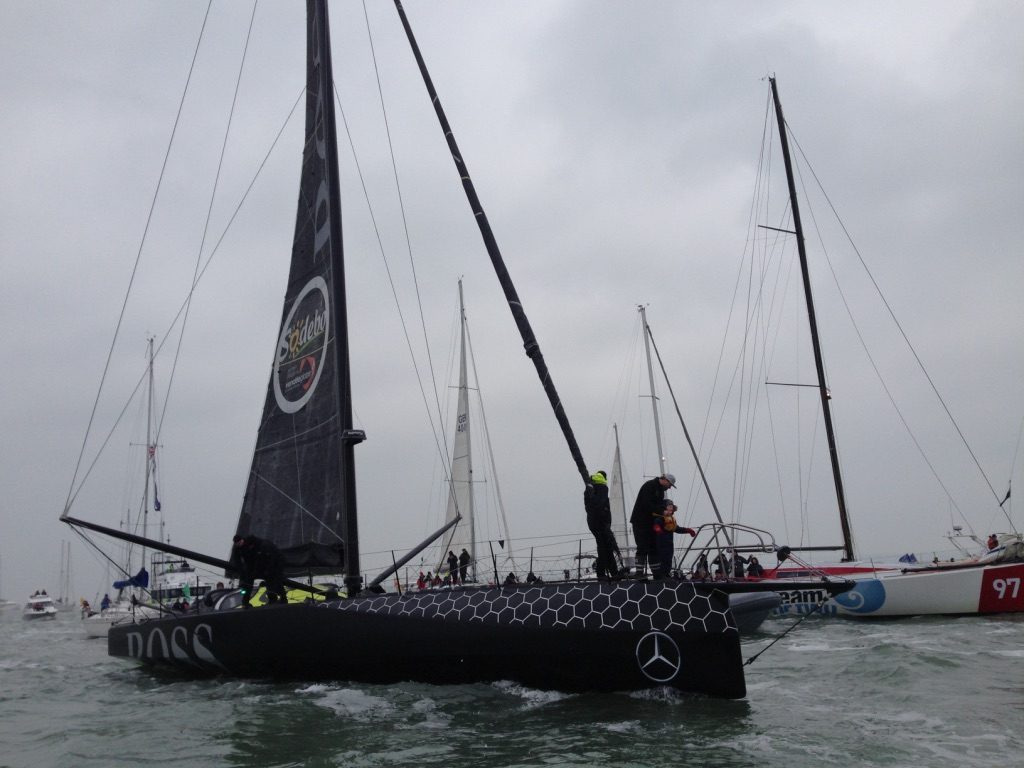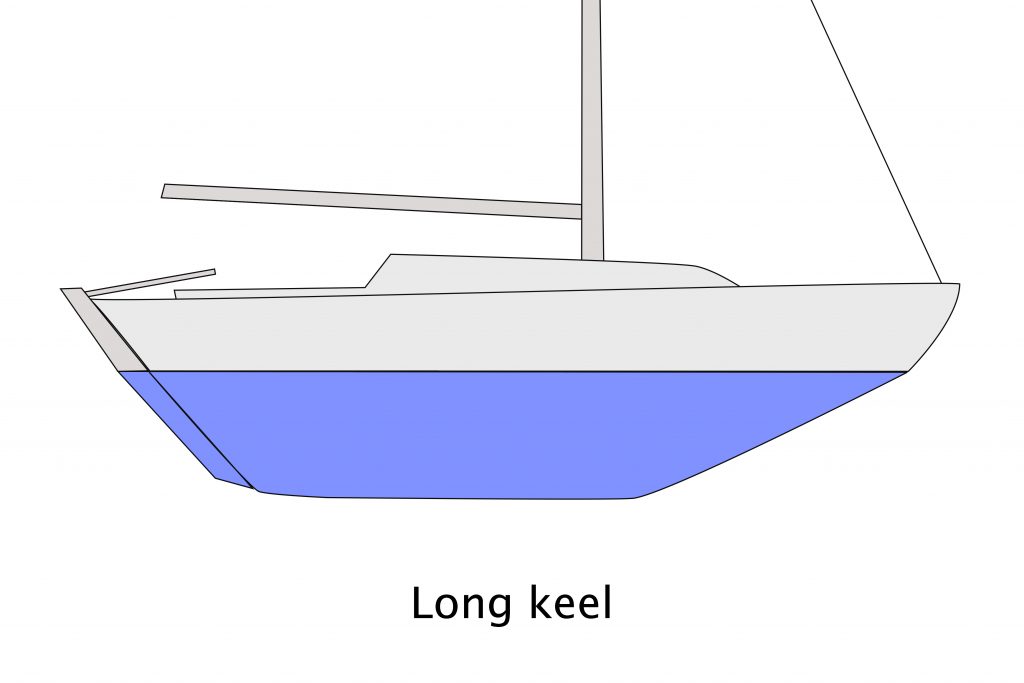Keel design is constantly evolving and nowhere is this more apparent than in modern racing yachts such as the Imoca Open 60 class. These fast offshore monohulls use highly sophisticated canting keels to help them stay upright when sailing upwind. The boats are designed to be as light as possible while at the same time being solid enough to cope with ocean racing.
While cruising yachts are not designed to win ocean races, there are several options of keel design available. Traditional yachts tend to have long deep keels which are an integral part of the hull, which make them heavier than modern designs, but stable and seaworthy.
Many modern yachts have fin shaped keel designs, which are bolted beneath the hull. This produces lighter, faster and and more manouevrable yachts than deep keel designs.
Below is a summary of all the common keel designs found on types of sailing yachts on the market today.
Long keel design
Long, deep keels are common on traditional yachts. They form part of the hull structure as opposed to being bolted on to the hull. They provide plenty of strength and stability but are less efficient than modern designs.
Fin keel design
A fin keel is bolted on to the underside of the hull. Fin keels vary from shallow fin to deep fin. Cruising yachts tend to have shallow, wide fin keels, sometimes with heavy bulbs at the foot to minimise the yacht’s draught. Racing yachts tend to have thin and deep keels with heavy bulbs to improve performance.
Bilge keel design
Twin, or bilge keels enable a yacht to remain upright when dried out at low tide. They have a shallower draught than fin keels, making them suited to cruising in shallow, coastal waters. They do not perform to windward as well as a fin keel and are used for cruising as opposed to racing yachts.
Lifting keel design
A lifting keel enables a yacht to stay afloat in very shallow water. Lifting keels work in a similar way to a sailing dinghy’s centreboard. They are an alternative solution to bilge keels, with the advantage that when lowered they perform as well as a fixed fin keel. Their design is ideal for trailer sailers.
Canting keel design
Canting keels are used on high performance racing yachts. They have a deep fin with a bulb. They can be tilted or “canted” out sideways to counter the heeling forces. These advanced designs are used with daggerboards and foils to further improve performance. Boats with canting keels are pricey.
Hull shape
When making a choice, consideration should be given to the shape of the hull as well as the keel design. The shape of the bow and stern are the most noticeable aspects of hull shape as they are above the waterline.
Modern designs favour vertical bows but in the past raked bows were more common.
On modern yachts, the scooped stern is popular as it allows for a swim platform and easy access on and off the boat from the water. In the past canoe shaped sterns and flat transoms were popular and while pleasing to the eye, were not quite as practical as today’s designs.
In summary
When choosing a yacht, there are many design variations and shapes that will influence your choice. It is worth spending some time exploring the options and weighing up the pros and cons to ensure that the boat you buy will suit the type of sailing you have in mind.

















